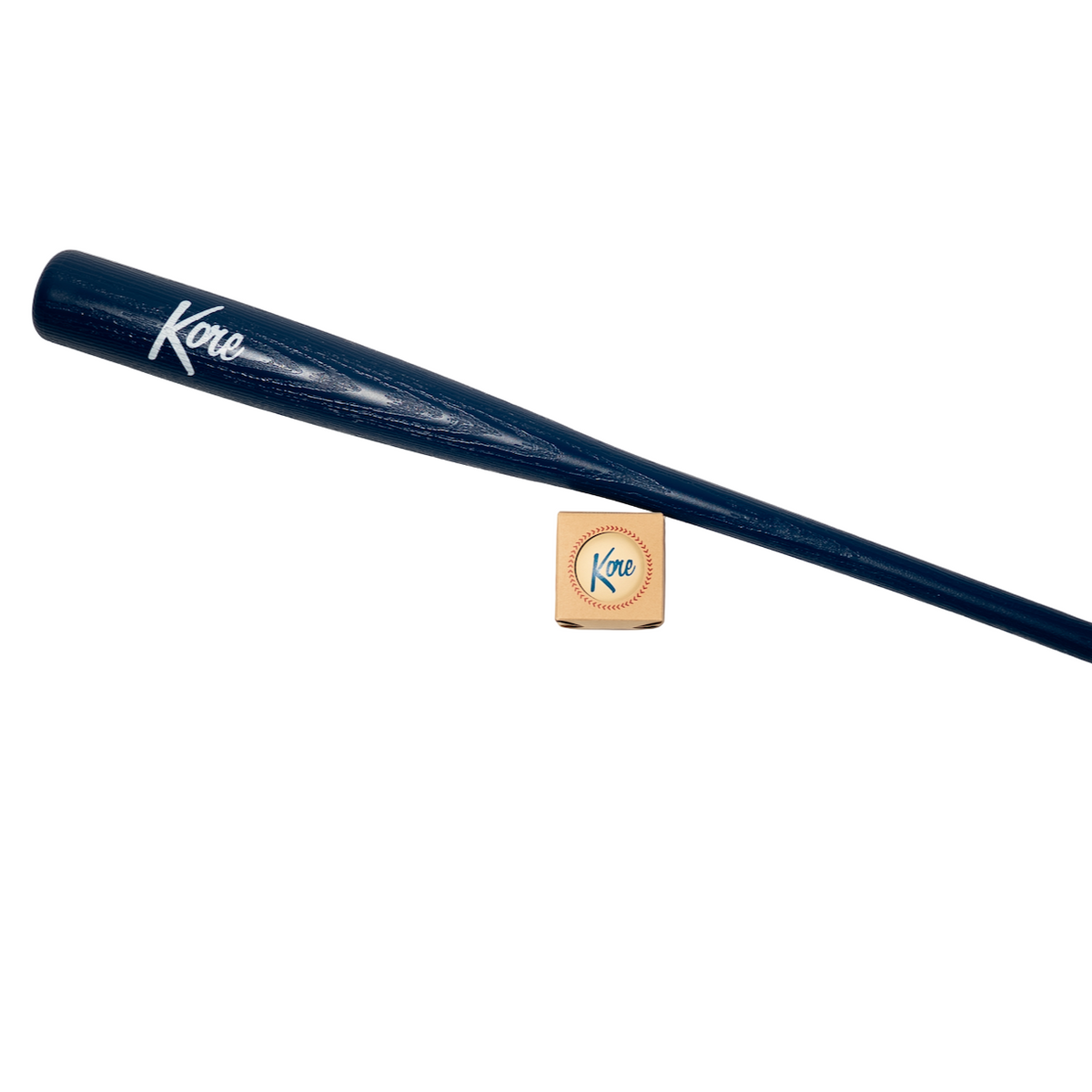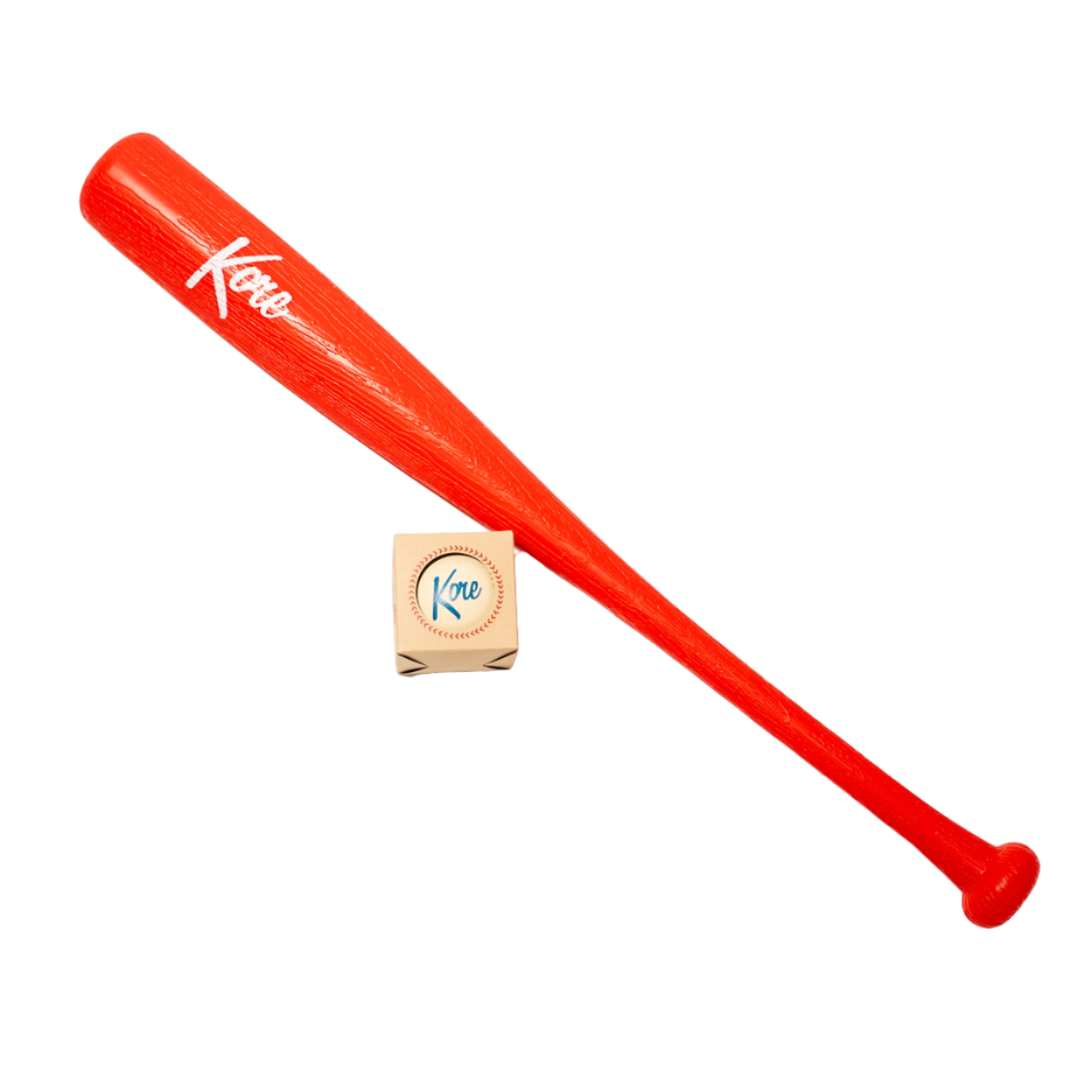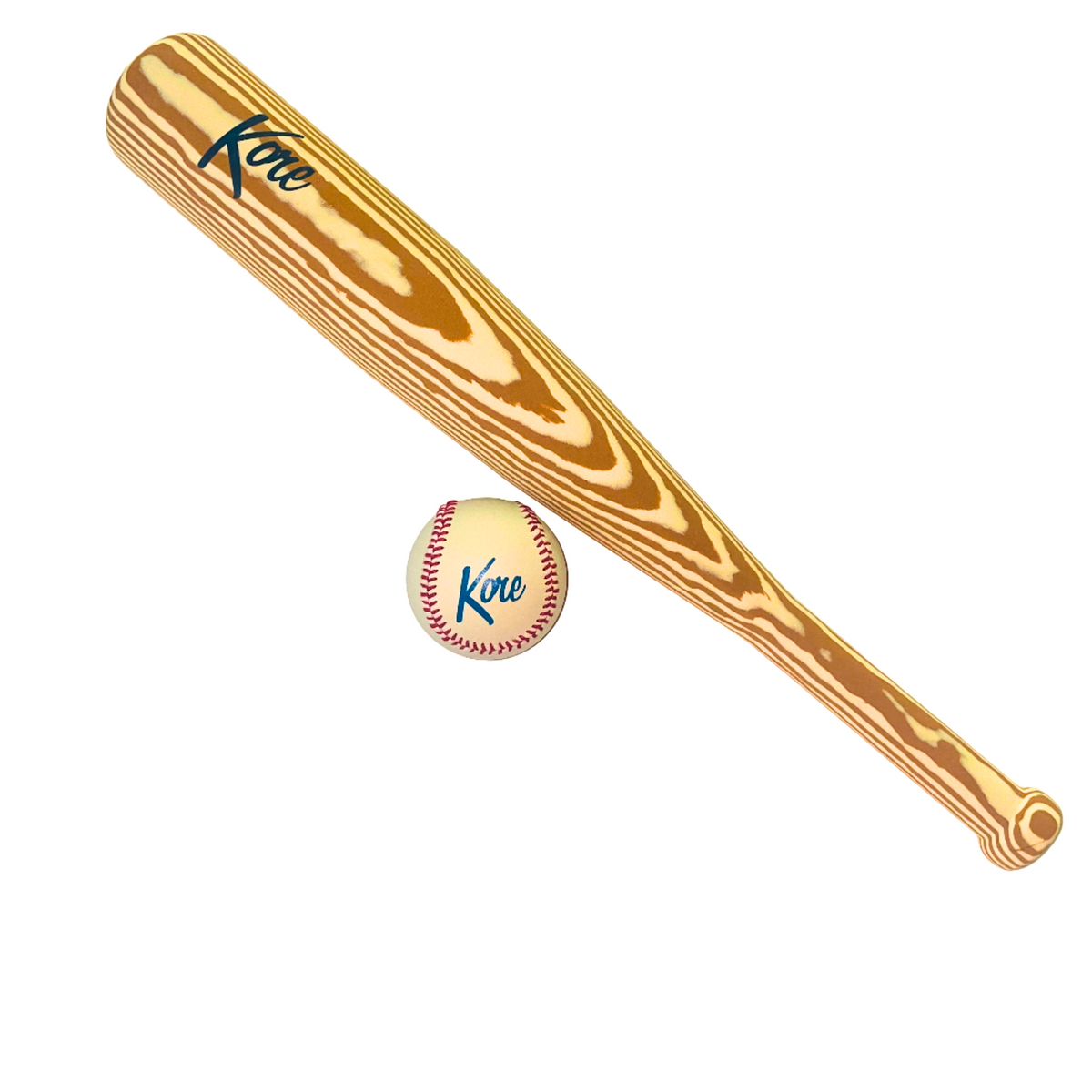History and Origins
In order to fully understand the differences between softball and baseball, it's important to explore their respective histories and origins. Baseball, often referred to as America's pastime, dates back to the 18th century and evolved from earlier bat and ball games played in England. The sport gained popularity in the United States during the mid-19th century and went on to become one of the most beloved sports in the country.
On the other hand, softball has its own unique history. It originated in the late 19th century as an indoor variant of baseball. Initially known as "indoor baseball" or "kitten ball," it was played in a smaller space with a larger and softer ball. Over time, the sport developed into what is now known as softball, capturing the attention of players and fans around the world.
Field and Equipment
The dimensions and layouts of softball and baseball fields differ significantly, contributing to the distinct gameplay experiences of both sports. Softball fields are generally smaller than baseball fields, with smaller outfield dimensions and shorter base paths. Baseball fields, on the other hand, have larger outfields and longer base paths, creating more space and requiring players to cover greater distances.
Additionally, the equipment used in softball and baseball varies. The most notable difference is the size of the ball. Softball is played with a larger, softer ball, while baseball uses a smaller, harder ball. The bats used in both sports also differ, with baseball bats generally being longer, heavier, and made of wood, whereas softball bats tend to be shorter, lighter, and made of composite materials. Lastly, the gloves used by players in softball and baseball vary slightly in design and size to accommodate the different ball sizes and gameplay styles.
Gameplay Rules and Strategies
When it comes to gameplay rules and strategies, there are distinct differences between softball and baseball. One of the primary variances lies in the pitching technique. In softball, the pitcher throws the ball underhand from within a designated pitching circle, reducing the speed and increasing the arc of the ball. Baseball, on the other hand, employs overhand pitching with greater speed and less arc.
Another noticeable distinction is the scoring system. Softball typically follows a modified version of baseball's scoring system, with runs being scored when players successfully cross all four bases. However, softball often imposes limitations on stealing bases and leading off, leading to a slightly different strategic approach compared to baseball.
Furthermore, base running strategies differ between softball and baseball. In baseball, players have the opportunity to lead off the base before the pitch is thrown, allowing them to gain momentum for stealing bases. Softball, on the other hand, restricts leading off until the pitch has been released, resulting in different base running approaches and timing.
Skill and Player Positions
Both softball and baseball require distinct skill sets from their players. Softball players often showcase a combination of speed, agility, and quick reflexes. Given the smaller field dimensions, players need to be proficient in fielding grounders and making quick throws. In contrast, baseball places a greater emphasis on power-hitting, pitching accuracy, and defensive skills in the larger field.
The player positions in softball and baseball also differ. Softball typically features ten players on the field, including a pitcher, catcher, four infielders, and four outfielders. Conversely, baseball employs nine players, with additional positions such as first baseman, second baseman, shortstop, third baseman, and three outfielders. The variations in positions reflect the different defensive strategies and field coverage required in each sport.
Physical Demands and Athleticism
The physical demands and required athleticism in softball and baseball are distinct. Softball, with its smaller field and shorter base paths, emphasizes quick bursts of speed and agility. Players need to be nimble on their feet, displaying swift reflexes and quick decision-making. On the other hand, baseball, with its larger outfield and longer base paths, places a premium on endurance, arm strength, and explosive power. Baseball players often need to showcase more sustained athleticism throughout games and seasons.
Both sports require specific athletic abilities. Softball players need to have excellent hand-eye coordination for hitting and fielding, as well as the ability to quickly change direction. Baseball players, in addition to hand-eye coordination, require strong throwing arms, precise pitching mechanics, and explosive batting power. The different demands in these two sports attract athletes with varying physical attributes and skill sets.
Popularity and Global Reach
Softball and baseball enjoy significant popularity and have established their presence globally. Baseball, often referred to as America's national pastime, has a strong following both in the United States and in countries like Japan, South Korea, and the Dominican Republic. It boasts professional leagues such as Major League Baseball (MLB) in the United States and the Nippon Professional Baseball (NPB) in Japan, showcasing some of the world's top baseball talent.
Softball, too, has gained substantial popularity, particularly in the United States, Canada, and Australia, as well as in some European and Latin American countries. The sport holds a prominent position in international competitions, including the Olympic Games. Despite some differences in accessibility and exposure compared to baseball, softball continues to grow its global reach and captivate players and fans around the world.
Similarities and Interactions
While there are notable differences between softball and baseball, they also share some commonalities. Both sports involve hitting a ball with a bat, running bases, and fielding to make outs. The fundamental skills of throwing, catching, and hitting are essential in both sports, albeit with some variations in execution and technique.
Softball and baseball also have instances of interaction and cross-training. Many athletes, particularly at a young age, participate in both sports, allowing them to benefit from the transferable skills and build a well-rounded athletic foundation. The strategies, techniques, and knowledge gained from one sport can be applied and utilized in the other, enhancing overall performance and versatility.
Choosing Between Softball and Baseball
Deciding between softball and baseball may be a personal choice that depends on various factors. It's crucial to consider preferences, goals, and individual skill sets when choosing one sport over the other. Some may be drawn to the fast-paced, dynamic nature of softball, while others may find the strategic depth and historical significance of baseball more appealing. Evaluating one's physical attributes, athletic strengths, and long-term aspirations can help in making an informed decision.
Ultimately, there is no right or wrong choice between softball and baseball. Both sports offer unique experiences, challenges, and opportunities for growth as athletes. Whether it's the crack of the bat on the baseball diamond or the powerful swing on the softball field, the choice comes down to personal passion and dedication to the sport.
Conclusion
In conclusion, softball and baseball possess distinct characteristics that set them apart while sharing some commonalities. Understanding the differences in history, field dimensions, gameplay rules, player positions, physical demands, and popularity provides a comprehensive perspective on these two beloved sports. Whether one chooses softball or baseball, both offer incredible athletic experiences that evoke a sense of camaraderie, competition, and love for the game.
By exploring and appreciating the nuances of softball and baseball, players, fans, and enthusiasts can further their knowledge, make informed choices, and continue to support and enjoy these timeless sports for generations to come.





